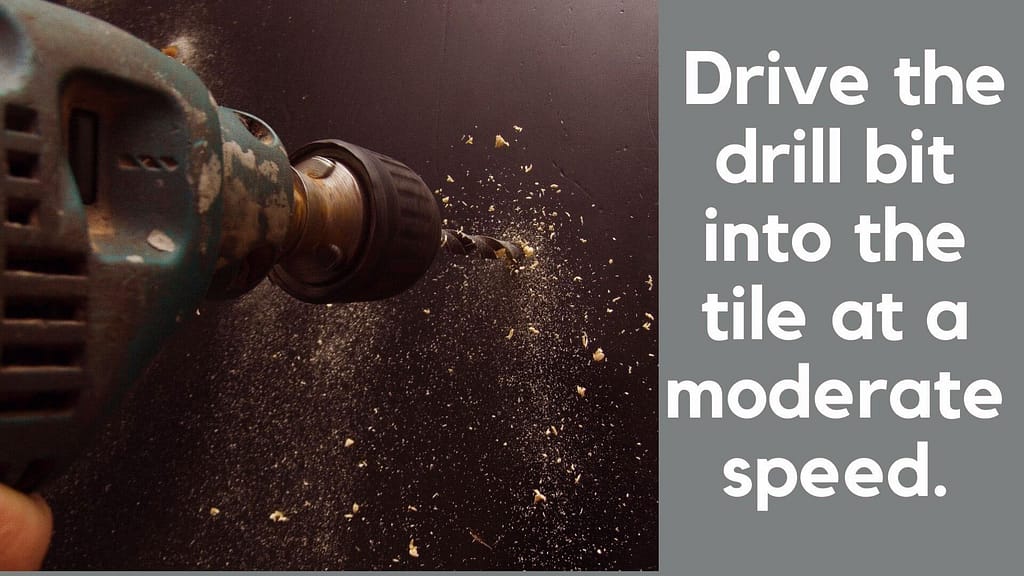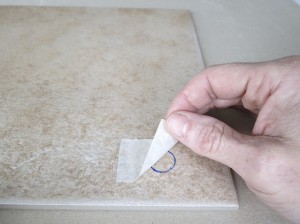
:fill(white):sharpen(0.5,0.5,true)/https://www.toppstiles.co.uk/static/uploads/2020/07/Drilling-A-Tile.jpg)
Once the bit is started, the rest is a matter of patiently boring through the tile until you break through. STEP 3: KEEP DRILL SPEED CONSISTENT, MAKING SURE THE DRILL BIT DOES NOT OVERHEAT The tape also makes chipping less likely on the outer rim of the hole, and also ensures that if the drill were to slip from the marked “X”, it would not damage the tile but only the tape. This will help give the drill bit some traction, reducing the chance of it slipping. To ensure this step runs smoothly, cover the area with masking tape. Tape over the area in an “X” shape, marking the site of the hole. As in most fabrication, construction and maintenance work, choosing the right tool for the job can make a huge difference both in terms of both the time required and the quality of the completed job.
DRILLING THROUGH PORCELAIN TILE CRACK
Using the wrong bit, or pushing too hard, can cause the drill to slip or the tile to crack or shatter. Modern day tiles, especially porcelain tiles, often have a highly polished, very hard surface glaze – designed to be strong on the outside to wi thstand heavy impacts. The hardest part of drilling into a tile is the start. STEP 2: SUPPORT THE TOUGH SURFACE LAYER OF THE TILE * Do not use a Hammer drill, or the tile will almost certainly shatter the tile. Use a standard drill on slowest speed (or a hammer drill with the hammer function turned off), and with water as a coolant wherever possible and safe. An ordinary steel drill bit may fail to penetrate the tile, or cause it to shatter. * Do not use regular twist-drill bits as they can’t cut through fire-hardened glaze. The problem with these bits is their shape significantly increases the risk of shattering porcelain and other brittle tiles. Although they are not as durable as the Smith & ARROW Tungsten carbide bit or the diamond-tipped drill bit, they can be just as effective, with patience and accuracy.

If you want success with drilling tile, Smith & ARROW tile bits, used on a slower speed, with water, stay on point and don’t wander, cut faster and last longer, and we believe are the best product on the market for the job. A new patented design, they have a 4 x spear pointed, double chamfered, Tungsten Carbide blade tip that drills through the hardest materials neatly and 10 times faster than anything else on the market. Tungsten Carbide Smith & ARROW tile bits– are shaped to reduce the risk of shattering brittle materials.

In drilling through tiles safely, using the appropriate drill bit is very important. There are three types of drill bits recommended to drill through a tile without breaking it: So where to start? Let’s walk through the steps to drilling through ceramic and porcelain tiles. Installing a towel bar or toilet-paper holder often requires drilling through glazed ceramic tile, which is no easy task. Flat Twist Wheels - Angle or Bench Grinder.Surface Conditioning Quick Change Discs, 2″.Surface Conditioning Quick Change Discs, 3″.



 0 kommentar(er)
0 kommentar(er)
